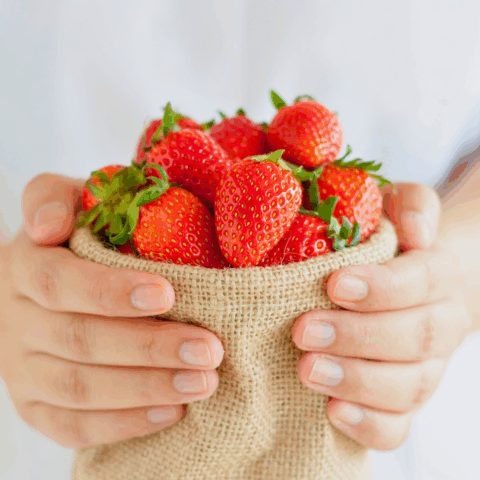Asparagus (Asparagus officinalis) is one of the earliest vegetables harvested in spring – and one of the most fleeting. Known for its sweet, tender spears, asparagus has a short growing season, making it a treasured seasonal delight. But unlike many spring vegetables, asparagus is a true perennial, coming back stronger year after year.
Why You Should Grow Asparagus
If you’re looking for a low-maintenance perennial vegetable that offers high yields for decades, asparagus is a perfect choice. Commercial growers harvest asparagus for 15 to 20 years, while home gardeners often enjoy fresh spears for 40 years or more.
Because asparagus has a deep, extensive root system, it’s important to choose a planting site carefully. Avoid placing it in the middle of your vegetable garden where tilling could disturb its roots. Instead, plant asparagus along the edge of the garden or in a perennial border. With its tall, feathery green foliage reaching up to 150 cm, asparagus also adds beauty and texture to your landscape.
Planting Tips
If you’re planning to grow several asparagus plants, consider dedicating an entire bed to them. You can also pair asparagus with other perennial vegetables like rhubarb. Make sure your asparagus bed is well-drained and has full sun exposure to encourage strong growth and healthy spears.
Nutritional Benefits of Fresh Asparagus
Fresh-picked asparagus is a nutritional powerhouse. It’s:
- High in fiber
- Rich in beta-carotene and vitamin C
- A natural source of selenium
Keep in mind: out-of-season asparagus, especially imported winter asparagus, loses up to two-thirds of its vitamin content by the time it reaches your plate. That’s another reason to grow your own or buy it locally during peak season.
White Asparagus vs. Green Asparagus
Wondering about the difference between white and green asparagus? Both come from the same plant. White asparagus is grown by blanching—covering the emerging spears with soil or an opaque cloche to block light. This method prevents photosynthesis, resulting in white, more tender spears with a slightly milder flavor.
How to grow white asparagus at home:
- Mound soil over the spears as they emerge in spring.
- Alternatively, use an opaque cover or “asparagus jar.”
- Remove the mounds or covers after harvesting.
- Note: Blanching must be temporary. If deprived of light for too long, the plant may die.
How to Store Fresh Asparagus and Not Letting It Get Soggy
To keep asparagus fresh in the fridge:
- Trim the bases and place spears upright in 3–5 cm of cold water.
- Cover loosely with plastic and store in the coldest part of the fridge.
- Alternatively, store spears unwrapped in a jar of water.
- For long-term storage, blanch and freeze extra asparagus.
How to Prep and Cook Asparagus
Snap It:
Before cooking, snap off the woody ends by bending the spear until it naturally breaks. This ensures you’re left with the tender, edible portion.
Cook It:
- Choose spears of uniform thickness for even cooking.
- Thin spears are ideal for soups and stir-fries.
- Thicker spears work well in pastas, risottos, or grilled dishes. Cut into bite-sized lengths for easy eating.
Eat It:
Yes, it’s totally acceptable to eat asparagus with your fingers – just use your left hand, according to traditional etiquette.
Delicious Asparagus Recipes to Try
Looking for inspiration? Here are some standout asparagus recipes from ELLE Gourmet:
- Parmesan Asparagus – A simple, oven-baked dish that highlights asparagus’s natural sweetness with a crispy Parmesan crust.
- Asparagus and Burrata Salad – A vibrant spring salad featuring blanched asparagus, snap peas, and creamy burrata, drizzled with chive oil and topped with gremolata.
Whether you’re growing asparagus for the first time or looking to perfect your cooking and storage techniques, this versatile vegetable is worth the effort. Its short season makes it a springtime delicacy, and with the right care, it can provide delicious, homegrown harvests for decades.
\\


















